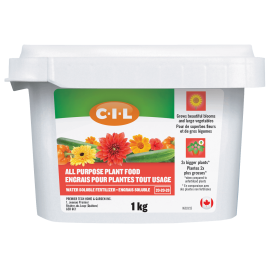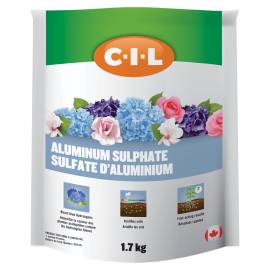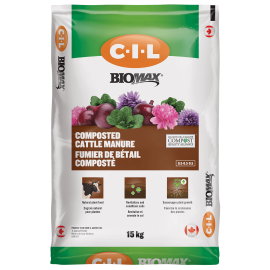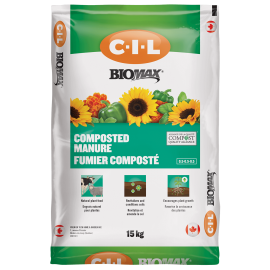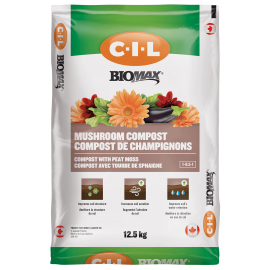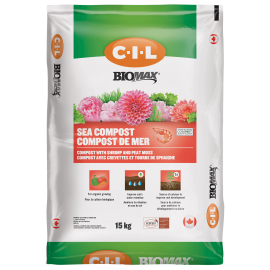What is the difference between compost and fertilizer
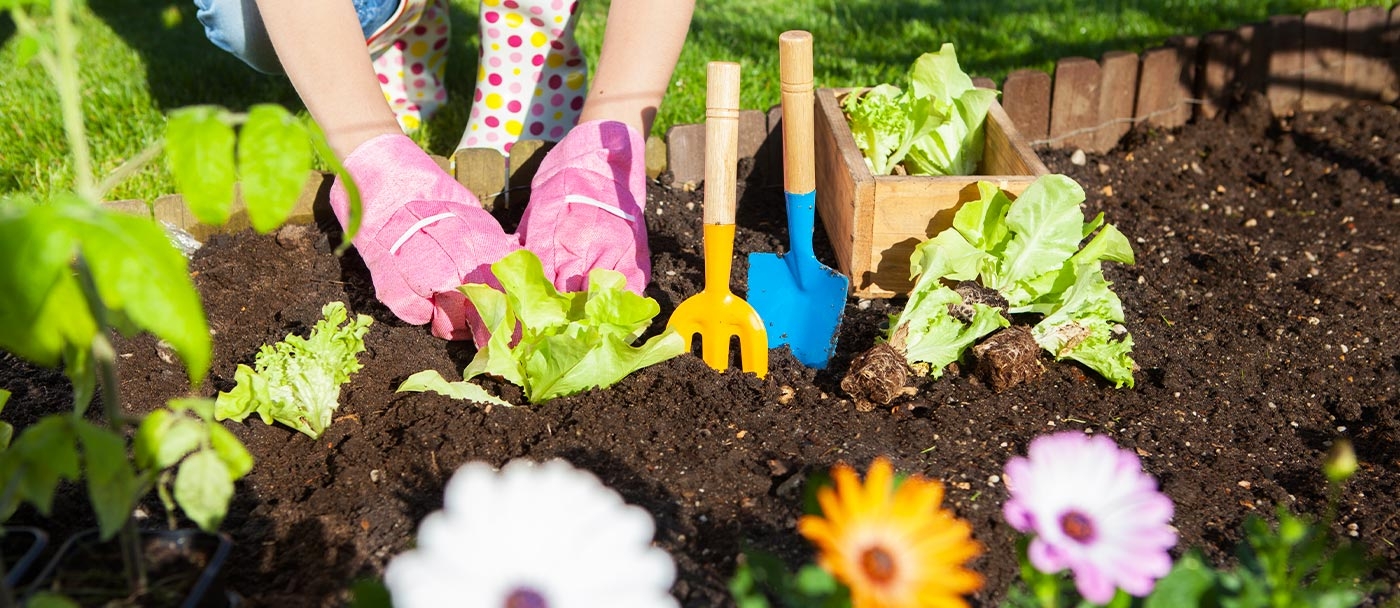
Gardeners have various degrees of skill. However, to have some success, you need to understand certain basics. As a child, your parents probably told you all there was to gardening was digging a hole and throwing in some seeds. This was just the first lesson with more to come.
If you have heard the terms compost and fertilizer, but don’t know what they are or understand the essential differences, here is a quick run-down on the two essential elements you will need to use in gardening.
Compost: Eating Healthy
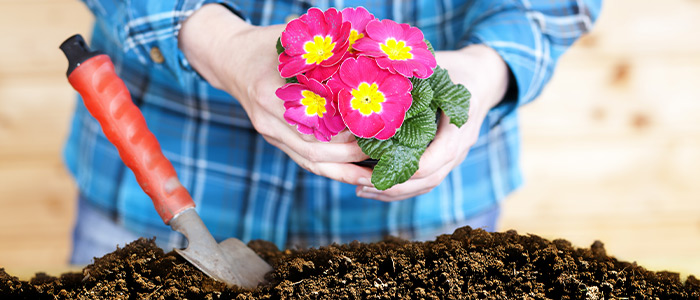
Compost is decayed organic matter. It can consist of leftover food, dead leaves, lawn trimmings, or any deceased plant matter. Biological and aerobic bacteria degrades this material and turns it into compost. Thus, instead of being a pollutant, the compost serves a new function as a growth medium for plant life. The thought of handling “decayed matter” may sound unappealing, but rest assured, compost is just healthy dirt.
Actually, it isn’t just dirt, since compost is extremely rich in nutrients and very beneficial for plants. We recycle our garbage to help ensure a sustainable future; composting is following Mother Nature’s example and putting refuse to good use. Composting allows you to create an excellent garden medium in a short amount of time, while also benefitting the planet by reducing the amount of waste that goes into landfills.
Another benefit is cost. If you do your own composting, you do not have to worry about buying gardening medium. Fortunately, for those unable to compost themselves, you can purchase it.
Fertilizer: Vitamins
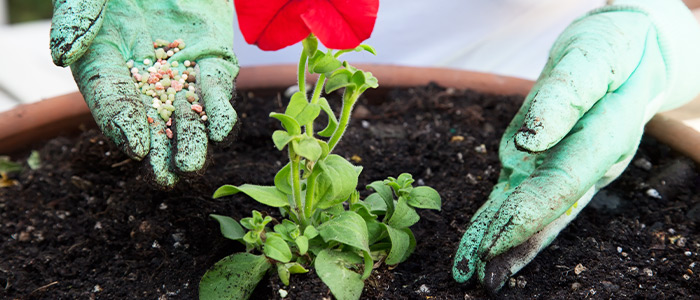
You are right in thinking compost is extremely valuable. However, you also need to consider fertilizer. Compost is great for feeding the soil and providing optimal conditions for plant life, but fertilizers feed the plants themselves.
As you know doubt figured out after a few years, plants usually need more than just sunlight and water to thrive. While those two elements are invaluable sources of oxygen, hydrogen, and carbon, plants can also benefit from other nutrients, and fertilizer delivers them.
Nutrients break down into three categories:
- Macronutrients are nitrogen, phosphorous, and potassium
- Secondary nutrients are magnesium, calcium, and sulfur
- Micronutrients are zinc, manganese, copper, cobalt, boron, iron, and molybdenum
Macronutrients are the most important and are included in commercial fertilizer. You may have noticed a rating on the fertilizer bag, known as the NPK ratio. It stands for nitrogen (N), phosphorous (P), and potassium (K). The numbers associated with the rating designate the concentration of each nutrient in the fertilizer.
For example, a 10-5-5 ratio means that the fertilizer contains twice as much nitrogen as it does phosphorous and potassium. The NPK rating best suited to what you wish to grow will depend on the plant. Also, consider having your garden dirt tested to determine the right NPK balance and correct any deficiencies in your soil.
They may nourish different things, but the relationship between compost and fertilizer is complementary and necessary for healthy plants.
